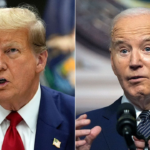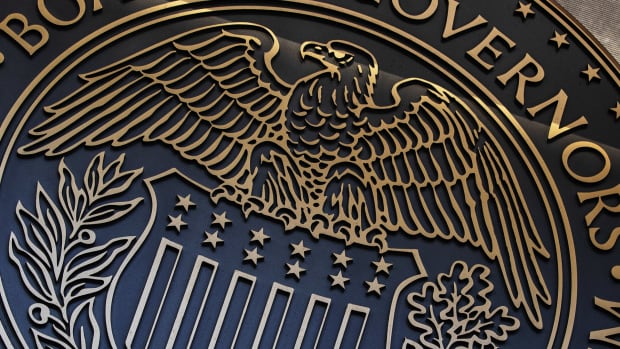TheStreet
The Fed might raise interest rates higher than some investors expected and leave them higher for longer than some anticipated.
Higher for longer. This seemed to be the message from the Federal Reserve’s minutes of its meeting in December.
In other words, it appears that the Fed will raise interest rates higher than some investors expected and leave them higher for longer than some investors anticipated.
That would mean higher rates on your mortgages, auto loans and credit card bills. On the plus side, it would also mean higher rates on your certificates of deposit and money market funds.
Fed officials forecast last month that they will raise the federal funds rate to 5% to 5.25% this year. The rate currently stands at 4.25% to 4.5%, after the central bank lifted it by 4.25 percentage points last year.
Some investors aren’t so sure the Fed will make it up to the 5%-to-5.25% range, as inflation has begun to ease. Consumer price inflation slipped to 7.7% in November from a 40-year high of 9.1% in June.
In its minutes, the Fed warned investors against challenging the central bank’s effort to quell inflation. “An unwarranted easing in financial conditions, especially if driven by a misperception by the public of the [Fed’s] reaction function, would complicate the [Fed’s] effort to restore price stability,” the minutes said. That scenario could mean higher interest rates for longer.
Getty
Fed Seen Trying to Restrain Stocks
Financial conditions include stock market levels, the dollar’s levels, corporate bond spreads and interest-rate levels. So if investors push the stock market much higher, that might mean additional or larger interest-rate hikes.
“The Fed’s awareness of the role that market expectations will play in the success of the mission is clear,” Michael Reisner, co-chief executive at CION Investments, said in a commentary.
“The interest of the Fed in avoiding a ‘misperception’ that its commitment to inflation is flagging can be seen as an attempt to tamp down market enthusiasm and keep asset values lower.”
Some investors have speculated that the Fed will pivot to cutting rates later this year as the economy weakens. But that doesn’t appear to be on the Fed’s to-do list.
“No [Fed officials] anticipated that it would be appropriate to begin reducing the federal funds rate target in 2023,” the minutes said.
“[Fed officials] generally observed that a restrictive policy stance would need to be maintained until the incoming data provided confidence that inflation was on a sustained downward path to 2%, which was likely to take some time.”
The Fed’s favored inflation indicator, the personal consumption expenditures price index, rose 5.5% in the 12 months through November.
Fed Sees Economy Weakening
Fed officials have warned us in recent months that their tightening will hurt the economy and perhaps even lead to a recession. They didn’t back off that message last month.
The economy rebounded moderately in the second half of 2022 after declining somewhat in the first half, Fed officials pointed out.
In December, “economic activity appeared likely to expand in 2023 at a pace well below its trend growth rate,” they said in the minutes.
“With inflation remaining unacceptably high, [Fed officials] expected that a sustained period of below-trend real GDP growth would be needed to bring aggregate supply and aggregate demand into better balance and thereby reduce inflationary pressures.”
Author Profile
Latest entries
 ScienceApril 23, 2024Making picky eaters clean their plates can backfire
ScienceApril 23, 2024Making picky eaters clean their plates can backfire HeadlinesApril 23, 2024Democrats want to mine Trump's legal battles for a 2024 win but they didn't count on one big thing
HeadlinesApril 23, 2024Democrats want to mine Trump's legal battles for a 2024 win but they didn't count on one big thing HeadlinesApril 23, 2024Protests at Columbia and other schools escalate
HeadlinesApril 23, 2024Protests at Columbia and other schools escalate ScienceApril 23, 2024Sense of belonging can help prevent teen suicide
ScienceApril 23, 2024Sense of belonging can help prevent teen suicide

